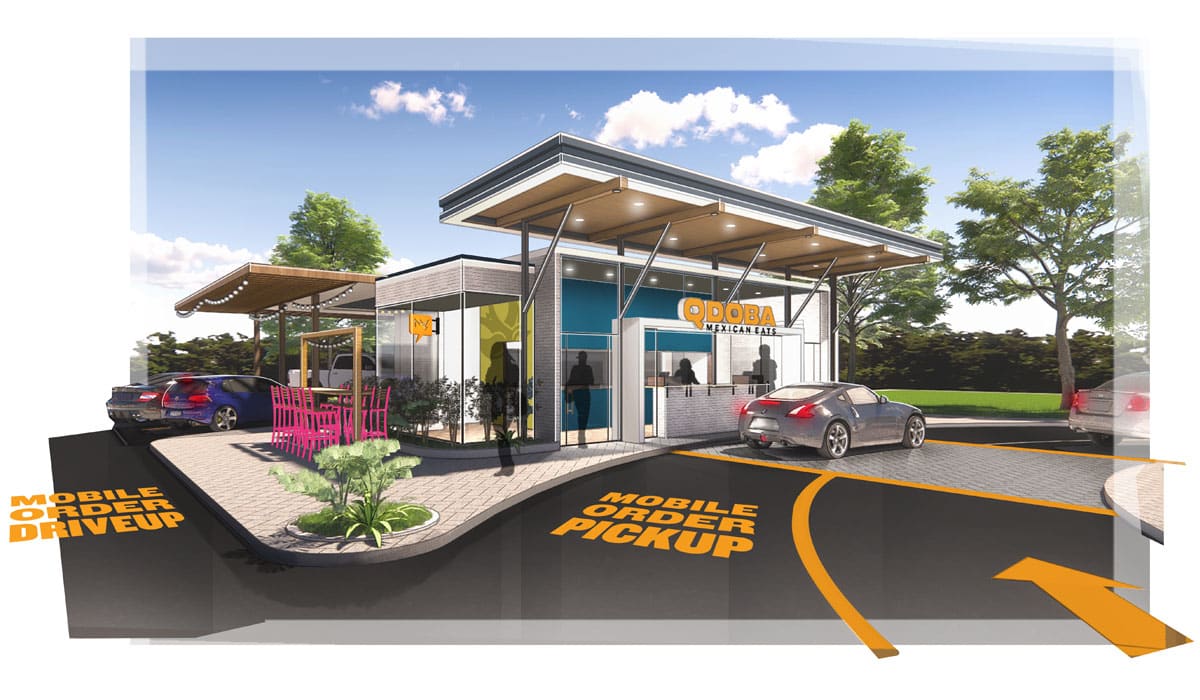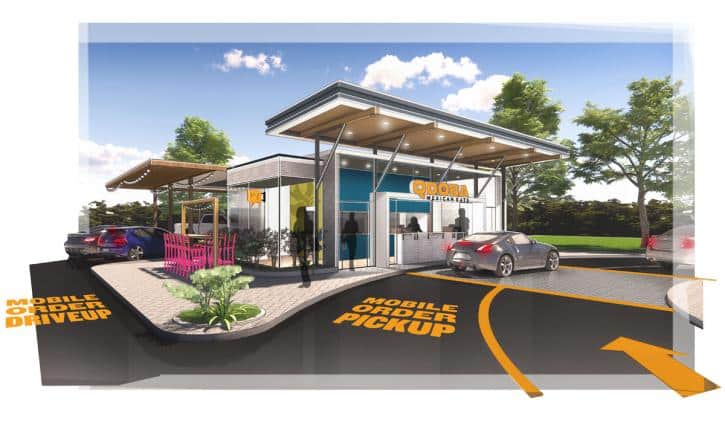
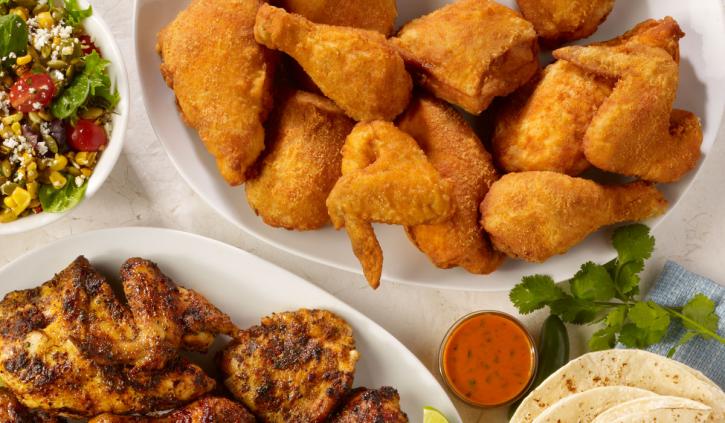
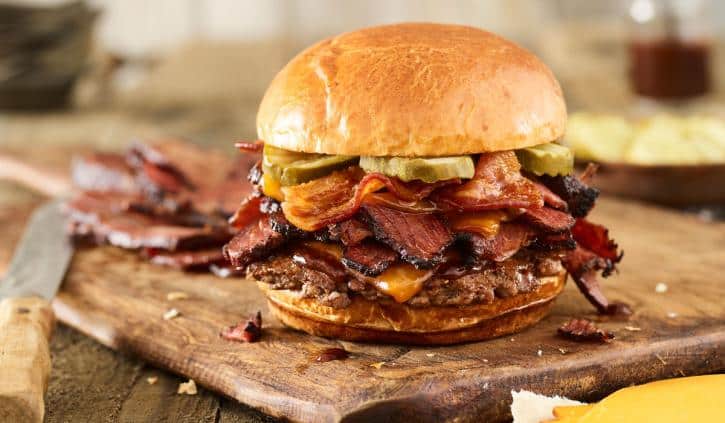
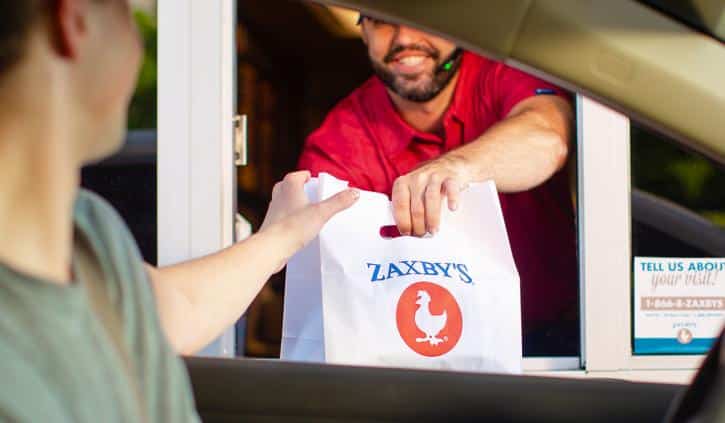
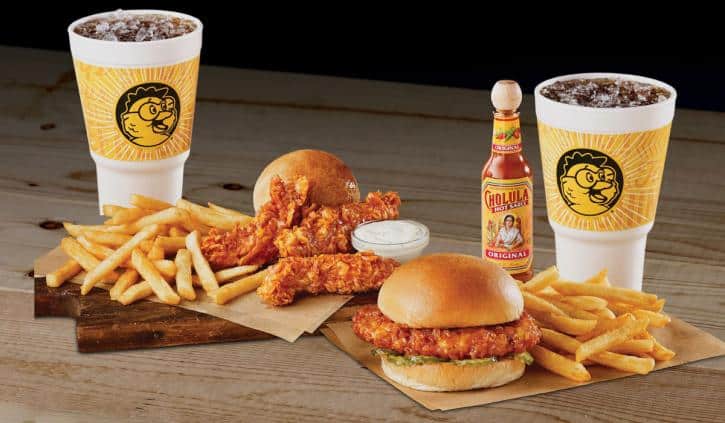
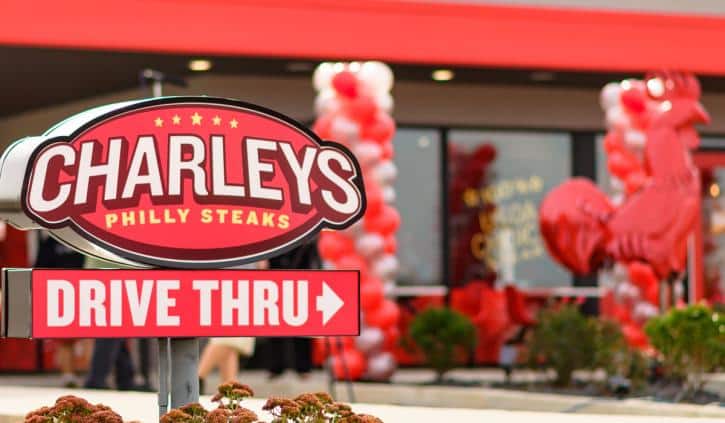
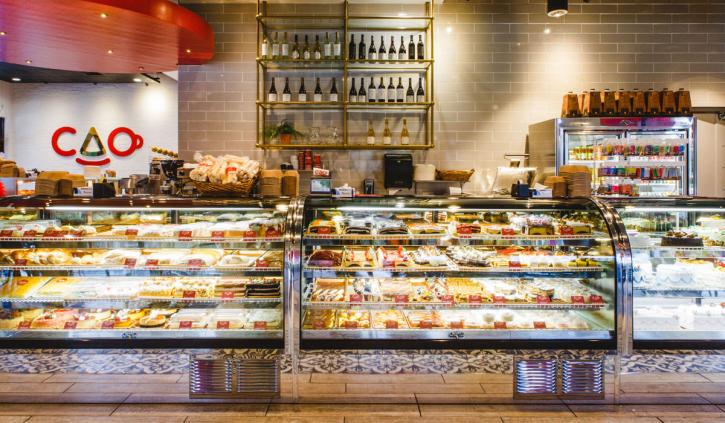
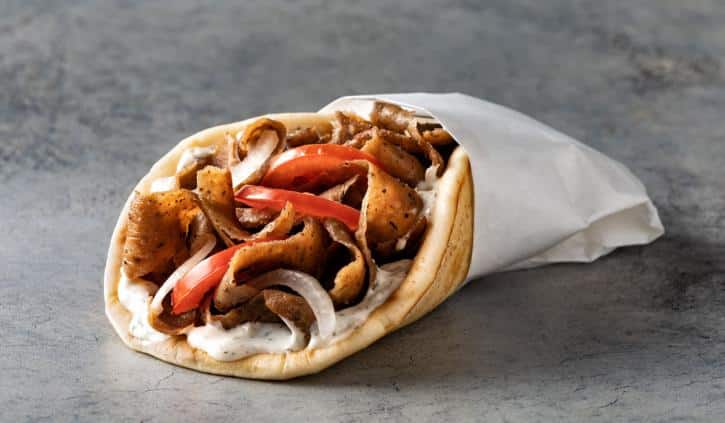
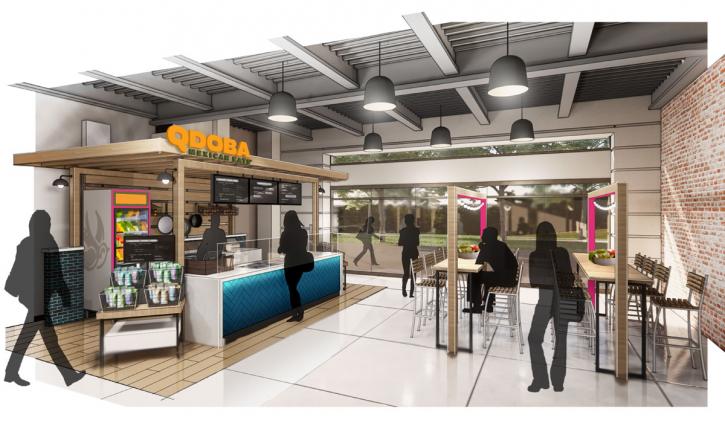
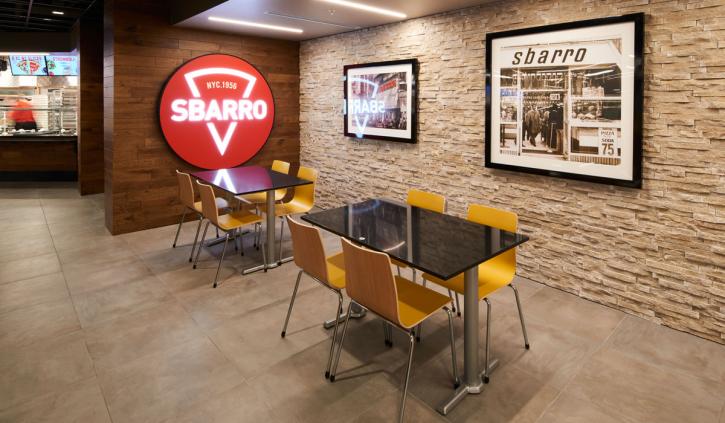
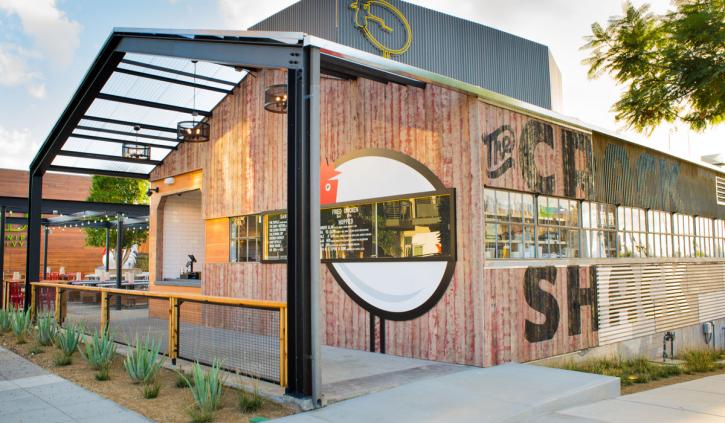

The COVID-19 pandemic effectively landed a right hook on the chin of the restaurant industry. While it knocked out many, others—especially in the quick-service segment—took the blow in stride.
As the number of restaurants dwindle, thriving brands are putting plans in place to take advantage of the post-pandemic landscape by investing in robust growth strategies. In many cases, these expansion plans call for store redesigns that cater to convenience, including an emphasis on smaller footprints, drive thrus, and takeout.
Despite the global crisis, these 12 small- to mid-sized concepts are eager to increase their footprint and share in the marketplace.
Pollo Campero
Only 77 of the brand’s more than 350 units are in the U.S., but the Pollo Campero team brought on Sam Wong in February to change that. The industry veteran, who’s helped grow brands such as Dairy Queen, Popeyes, and Sonic Drive-In, plans to help Pollo Campero open more than 250 restaurants in the next five years.
The restaurant, known for its Fried Chicken, Citrus Grilled Chicken, and Extra Crunchy Chicken, will target major metro markets in the Southeast, including Tennessee, Florida, Georgia, North Carolina, and South Carolina. Wong believes Pollo Campero will become a 300-unit chain in the U.S. by the end of 2025.
The brand’s growth aspirations are backed by consistent sales growth, even through the COVID crisis. Mother’s Day was Pollo Campero’s best sales day yet. July was the highest selling month of all time, until the record was broken again in August. And even more recently, the chain experienced its best sales week ever.
Smashburger
The burger concept has retracted unit count in recent years, with a net closure of 78 stores in the past three years. The goal is to change that in 2021 with the opening of 40 or more stores. To ensure success, the approach will be different. Smashburger President Carl Bachmann explains that Smashburger has grown like a vine across the country when it really needs to flourish as a bush by growing outward from core regions.
The development will be spread across two basic areas—uber urban and suburban retail. The suburban units will be positioned beside big box retailers and highly residential areas. The urban locales, places like Brooklyn, Los Angeles, Houston, Denver, New York, and Washington, D.C., will be Smashburger’s ionic, high-volume stores that create brand awareness.
The brand is creating a design that’s more modern and chef-inspired. Bachmann says it will feature contactless pickup via cubby systems and an open kitchen to “make food the star.”
Fajita Pete’s
The restaurant started franchising in 2015 and has grown to roughly 20 locations. More than 30 are in the pipeline in Texas, Missouri, and Colorado.
Fajita Pete’s recently signed agreements for 15 new Texas restaurants, including five in Austin, a new market for the brand. The company is also adding five locations in Dallas and five locations in Houston. Additionally, Denver-based franchising group Four Guys Franchising, LLC, will open five new locations in Colorado.
CEO and Founder Pete Mora began with a full-service restaurant in 2002, but he realized that most of the orders came from catering and to-go. So he closed the casual-dining concept and opened Fajita Pete’s in 2008, a quick-service brand focused on speed and convenience with a much smaller footprint. Since then, roughly 90 percent of business has come outside the four walls; some stores do as much as 97 percent. Mora’s goal is to one day reach 100 units.
Zaxby’s
CEO Zach McLeroy says Zaxby’s boasts a current pipeline of more than 300 committed units from existing licensees. That growth is expected to pick up swiftly after the brand announced it agreed to sell a “significant” stake to sector giant Goldman Sachs for an undisclosed amount.
McLeroy says Goldman Sachs will help Zaxby’s achieve what it always aimed at from a distance—to go national. Goldman Sachs’ particular expertise includes digital platforms and strategic growth. McLeroy says there’s even been early talk about taking Zaxby’s international long-term.
The firm was attracted to Zaxby’s core differentiators, runway, ownership history, and licensee base. Of the chain’s 904 units at 2019 close, 755 were franchise-run. The brand has grown that side of its business by 77 locations in the past three years. In total, Zaxby’s has expanded by net 86 restaurants since 2016. Georgia is the largest market today with 190 stores. North Carolina is next at 97.
Golden Chick
Development hasn’t missed a beat during the COVID pandemic. Forty-two stores are in the pipeline for 2021. The nearly 200-unit brand is growing so much that it’s actually having to reassess its goals. The concept originally wanted to open 500 restaurants, claim a top-100 spot in the quick-service segment, and reach $1.2 million in AUV. One year in, the AUV mark has been exceeded and now the company is projecting somewhere between 500 and 600 restaurants by 2030.
In July, Golden Chick announced a 20-unit deal to expand into Las Vegas, a new market. Late last year, Golden Chick signed a 55-unit deal in Houston, and even before that, a 35-store deal in West Texas. A few months ago, the restaurant opened its first store in Louisiana. There are plans to sign a five-store deal in Baton Rouge, Louisiana, and move into the Gulf Coast next year.
GOSH Enterprises
The parent company is pursuing growth across its each of its three brands, Charleys Philly Steaks, Lennys Grill and Subs, and BIBIBOP Asian Grill. In total, the company expects to expand by more than 100 stores in 2021.
The 600-unit Charleys has roughly 50 out-of-mall stores—29 of which have a wings menu—and it’s looking to more than double that total in 2021. Charleys is also looking to grow in retail stores via a pilot program with Walmart. The restaurant will work with the retail giant to open 10 stores in 2021.
The 78-unit Lennys shares some commonality with Charleys in terms of the cheesesteak identity, but it’s also more of a traditional sub shop with a full line of deli sandwiches. GOSH, which executed meticulous research with Lennys, plans to leverage the high brand awareness in core Tennessee markets with 10 new stores in 2021.
GOSH’s most differentiated brand, BIBIBOP, expects to add 15 stores to its 43-unit total.
CAO Bakery & Café
The South Florida concept was borne out of Vicky Bakery, a chain founded by Tony Cao’s grandfather in 1972. Cao and his childhood friend, Carlos De Varona, opened and operated six Vicky Bakery units from 2010 to 2018. The duo then transitioned to CAO Bakery, which has grown to 12 units across Miami-Dade and Broward counties.
CAO Bakery is leveraging the momentum to forge a new franchising growth initiative. It plans to open 10 locations in 2021 and 35 additional stores by 2024. The strategy is to target other areas in Florida with strong Cuban-American populations like Tampa, West Palm, Lake Worth, Gainesville, and Tallahassee. After that, the next phase will be to extend outside the Sunshine state into markets like New Jersey, Los Angeles, Louisville, Texas, North Carolina, and Tennessee.
A part of that development will be an emphasis on off-premises, including a drive-thru prototype in Hallandale Beach, Florida. Right now, the brand is focusing on second generation locations where the initial investment is almost halved.
Gyro Shack
The brand’s growth will be driven by serial entrepreneurs Mark Urness and Matt Jeffries, who recently purchased the Gyro Shack after running four stores and working as one of the company’s first multi-unit franchisees.
The company is building a more comprehensive budget and investing in site analytics for franchise sales and in public relations for brand awareness. It’s also boosting its tech infrastructure as COVID continues to push the industry toward that model.
The brand’s franchise expansion plans are focused on single-unit and multi-unit deals in Arizona, Utah, Idaho, Nevada, Montana, New Mexico, Colorado, and Wyoming. The plan is to open four to six stores in 2021 and 10 to 12 in 2022.
After an initial dip when COVID first hit in March, the brand has grown significantly thanks to its drive-thru. The channel has increased 50 percent while delivery has lifted 300 percent. Approximately 80 to 85 percent of orders are now delivery or drive-thru.
Qdoba
The brand is one of the largest players in Mexican fast-casual space with roughly 730 units—half of which are franchised. And because of its performance during the pandemic, the 25-year-old brand put itself in a position to launch an aggressive multi-unit franchising growth strategy that Chief Development Officer Tim Welsh believes will lead to 1,000 units and potentially north of 2,000.
The chain is interested in more drive-thru units, 1,000-square-foot takeout stores in urban areas, and ghost kitchens. There’s about 40 in the pipeline for 2021, but as the brand brings on new partners and investments, Welsh says that number may grow. Ultimately, Qdoba wants to reach a pace of more than 100 units per year.
Target markets include Arizona, Southern California, Florida, Georgia, Ohio, Nevada, New Jersey, New York, Texas, New England, and Pennsylvania. Welsh expects real estate to be favorable as COVID continues to desaturate the restaurant industry.
Sbarro
The 600-unit brand identifies itself as the leading quick-service chain serving the impulse pizza occasion. With that recognition in mind, the concept is targeting growth in malls, areas of transportation, entertainment venues, and health, education, and employment.
CEO David Karam believes Sbarro will bolster its pipeline enough to open 80 restaurants globally in 2021. A decent portion of those will be in malls for specific reasons. For one, mall conversions reduce franchisee investment from approximately $400,000 to fewer than $100,000. Additionally, because of the decline in mall traffic, rent is decreasing significantly. In 2018 and 2019, same-store sales were positive in those units despite the downward trend of malls.
EG Group, a U.K. retailer that operates fast-food outlets, has 25 stores under development domestically and internationally, and Karam says that number will grow. Sbarro is also working with a number of other convenience store companies as well as travel centers such as TravelCenters of America, which has a 25-year history with the restaurant.
The Crack Shack
In September, Savory, a Mercato Partners Fund, announced a controlling investment in The Crack Shack, with a goal of expanding the six-store restaurant by 35 to 50 units in the next four to five years.
The plan is to place The Crack Shack in secondary and tertiary markets in states like Utah, Arizona, and Idaho where areas are less affected by the pandemic and people are still eager to dine out and enjoy a sit-down atmosphere. The strategy plays into the brand’s greatest strength.
When it comes to store design, Savory Managing Director Andrew Smith says his team doesn’t want to lean too far into digital or lean too far into sit-down—they’d prefer a happy medium. The Crack Shack’s initial boxes were around 6,000 to 6,500 square feet, and Smith says there will be smaller ones with less dine-in capacity, but there’ll also be bigger stores than what people would expect.
Torchy’s Tacos
Torchy’s Tacos is firmly on the growth path after selling a $400 million stake to a new group of investors, including General Atlantic, D1 Capital Partners, T. Rowe Price, Lone Pine Capital and XN. Bloomberg reported the new funding is “likely a precursor” to Torchy’s filing an IPO “as soon as next year.”
Torchy’s said it will use the capital injection to enter 10 more states in the next four years. In January at the ICR Conference, CEO GJ Hart said Torchy’s plans to reach at least 160 stores in the next three years. Since it was founded in 2006, the chain has grown to 83 locations across Texas, Oklahoma, Colorado, Arkansas, Louisiana, Missouri, and Kansas, with an AUV of $3.8 million. The chain has managed to open 12 stores and add three new markets amid the pandemic.
The growth will coincide with a new managing partner model and revitalized kitchen that will cut wait times from 12 to 15 minutes to 7 to 9 minutes. The reduction will prove crucial as off-premises orders now account for 60 percent of sales, according to the CEO.

